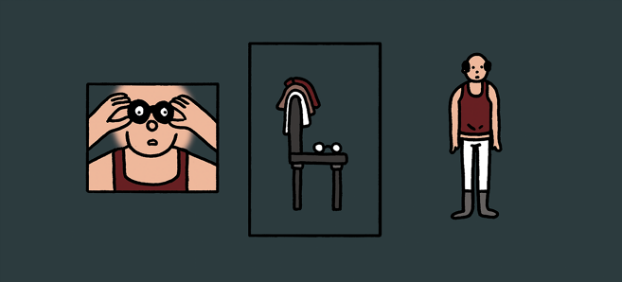
Graphic medicine with a most distinctive approach to its subject matter, David Biskup’s Seagram interweaves the artist Mark Rothko, and the later vandalism of his Seagram murals, with a tale of love and living with Post-Traumatic Stress Disorder.
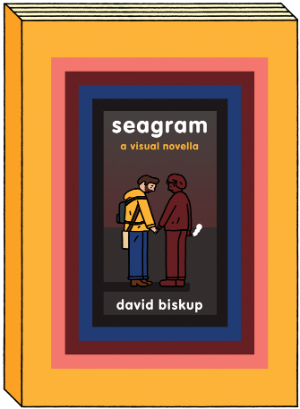 Interspersing art history with autobio it flits rapidly backwards and forwards in time, juxtaposing Rothko’s final days and the painstaking Seagram restoration with the summer of 2015 when events came to a crisis point for Biskup’s PTSD-suffering partner (with whose guidance the book has been written).
Interspersing art history with autobio it flits rapidly backwards and forwards in time, juxtaposing Rothko’s final days and the painstaking Seagram restoration with the summer of 2015 when events came to a crisis point for Biskup’s PTSD-suffering partner (with whose guidance the book has been written).
Seagram is a comic of deliberate contradictions. The agonisingly slow process of the Seagram reconstruction juxtaposed with the frantic emotional blur of the central characters’ lives in August 2015. The measured pacing of the former sequences starkly divergent from the cluttered, frenetic page layouts of the latter as we trace the progress of Biskup’s girlfriend through hospitalisation, recovery and therapy.
What’s particularly interesting about Seagram is that the autobiographical sections alone could be taken and read as a single entity and would be a powerful use of the form in and of themselves. Biskup’s page design there communicates a sense of helplessness, panic, and worry through its fractured but interlinked imagery; visual disarray reflecting emotional turmoil with raw honesty.
In direct proximity to the ordered and controlled layouts of the historical segments – as work progresses on Rothko’s damaged art – however, they’re given even greater depth. The sedateness of those more standard and uniformly structured panels emphasising the anxiety and confusion of their more contemporary counterparts as the chaotic and the disciplined are brought into sharp contrast and parallels are drawn between the two story threads.
From his Jazz Dad Books offerings to his Off Life contribution Biskup’s comics have always shown an innate understanding of how best to exploit the possibilities of the comics page but that ability has never been better realised than between the covers of Seagram. Take a look at the page above right for a heartrending portrayal of a relationship seemingly tinged with helplessness in the face of adversity. The clever Rothko-esque use of colour also adds another layer to the overlapping yet disparate story threads.
Seagram can be bought at Biskup’s online store (details below) but the entire comic is also available to read for free. There are no easy resolutions here and no neat endings . But Biskup’s great triumph in Seagram is that he brings us directly into the experience of living with the effects of PTSD without overt exposition but through pure visual storytelling.
For more on David Biskup visit his site here and follow him on Twitter here. You can buy Seagram in print here from his online store priced £8.00 or download it for free online here.
For regular updates on all things small press follow Andy Oliver on Twitter here.





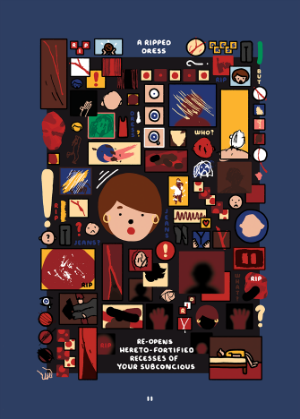

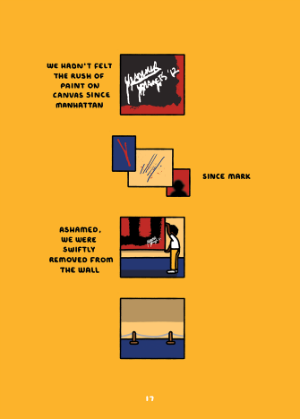
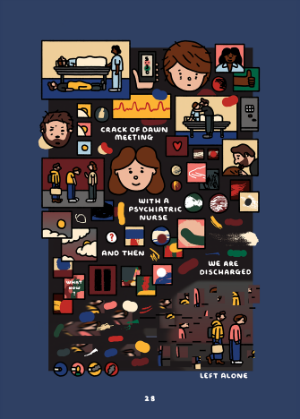
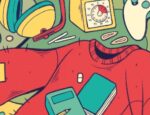
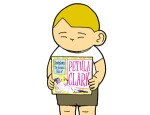

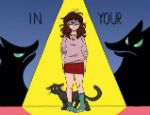
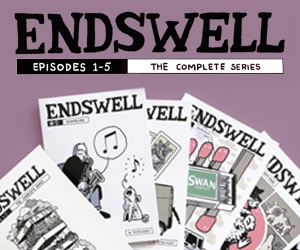



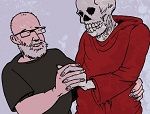
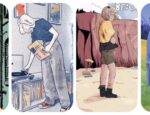
[…] Book Review: Seagram – David Biskup’s Pure Visual Storytelling Powerfully Communicates the Experience of Livi… via @AndyWPOliver […]
[…] Oliver writes about David Biskup’s SEAGRAM, “a comic of deliberate contradictions.” * Megan Purdy reviews WUVABLE OAF: BLOOD AND […]